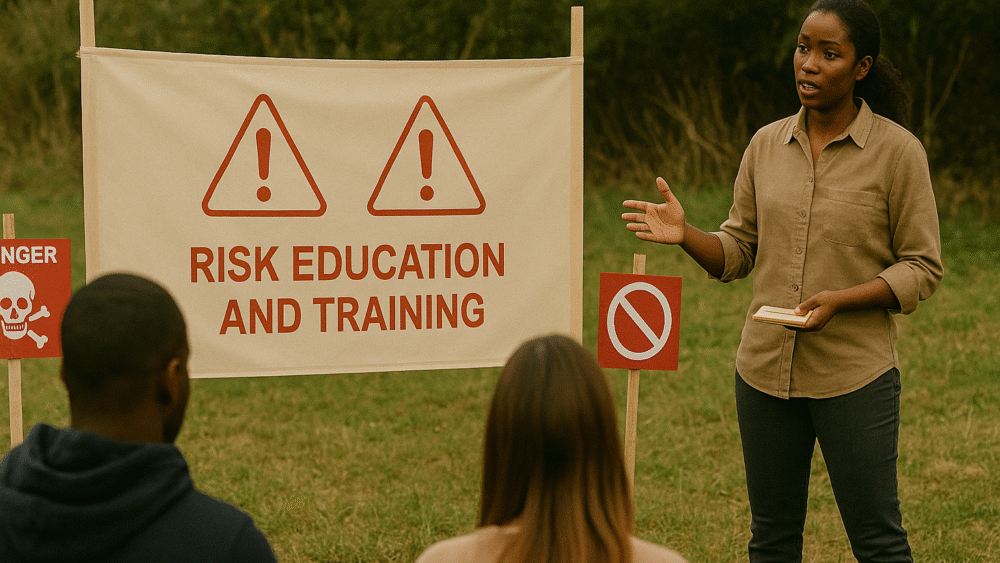Risk Education and Training
Risk Education and Training is a vital component of humanitarian mine action, focused on raising awareness and building the capacity of local communities to recognize, avoid, and report explosive hazards. Through structured education programs, workshops, and community outreach, individuals learn how to identify potential threats such as landmines, unexploded ordnance (UXO), and improvised explosive devices (IEDs), and how to respond safely in contaminated environments.
These initiatives target civilians living in or returning to post-conflict areas, as well as organizations and institutions involved in reconstruction and development. Training sessions are often adapted to different audiences — including children, farmers, and local authorities — ensuring that the information is practical, accessible, and culturally appropriate.
Risk education teams use visual materials, demonstrations, and scenario-based exercises to make learning effective and engaging. In addition, they cooperate with national mine action centers and humanitarian partners to ensure consistent safety messaging and sustainable knowledge transfer.
By empowering communities with the knowledge and confidence to act safely, Risk Education and Training reduces the number of accidents, strengthens local resilience, and supports long-term recovery and peacebuilding in mine-affected regions.


